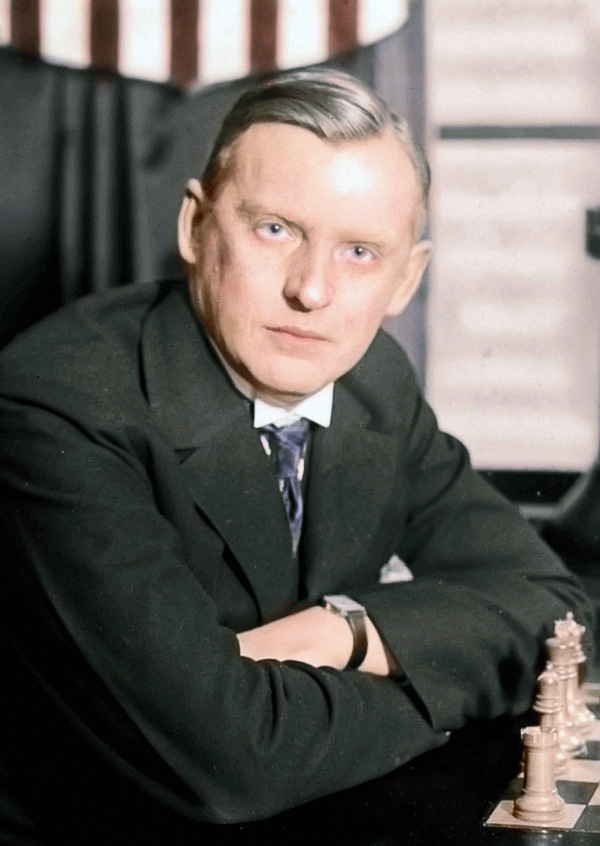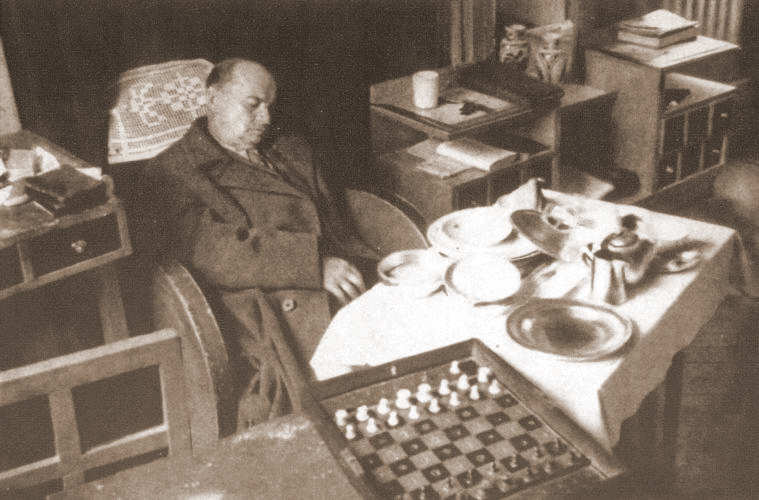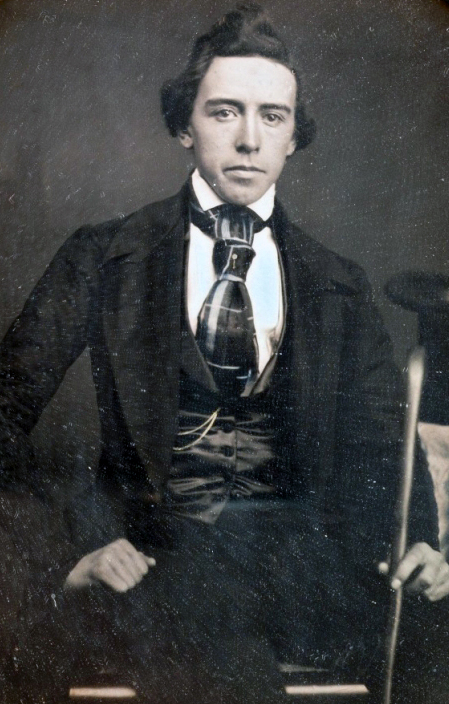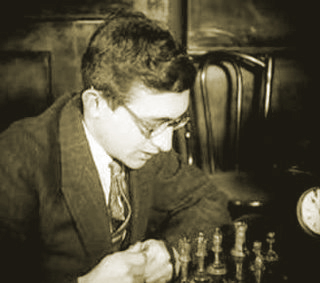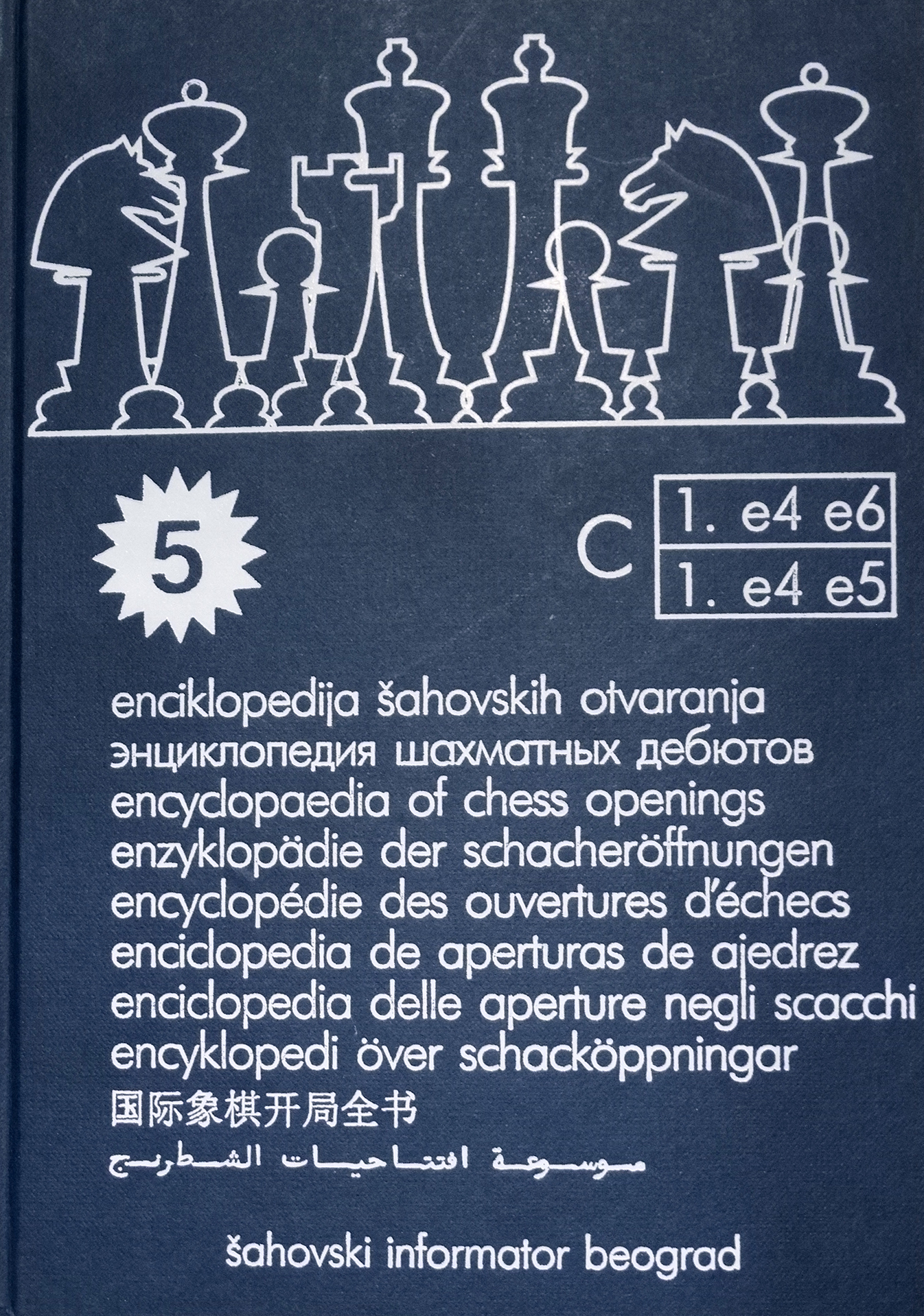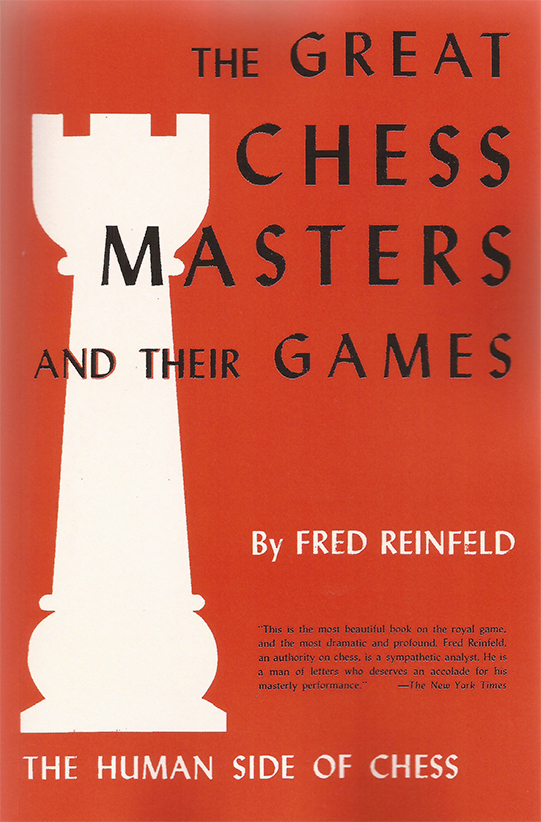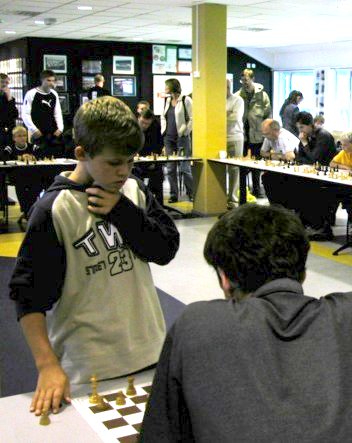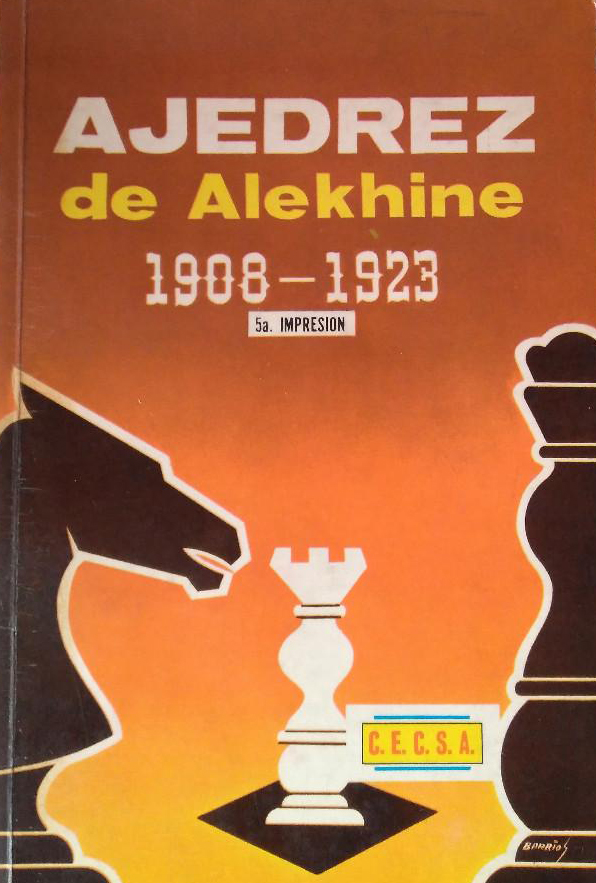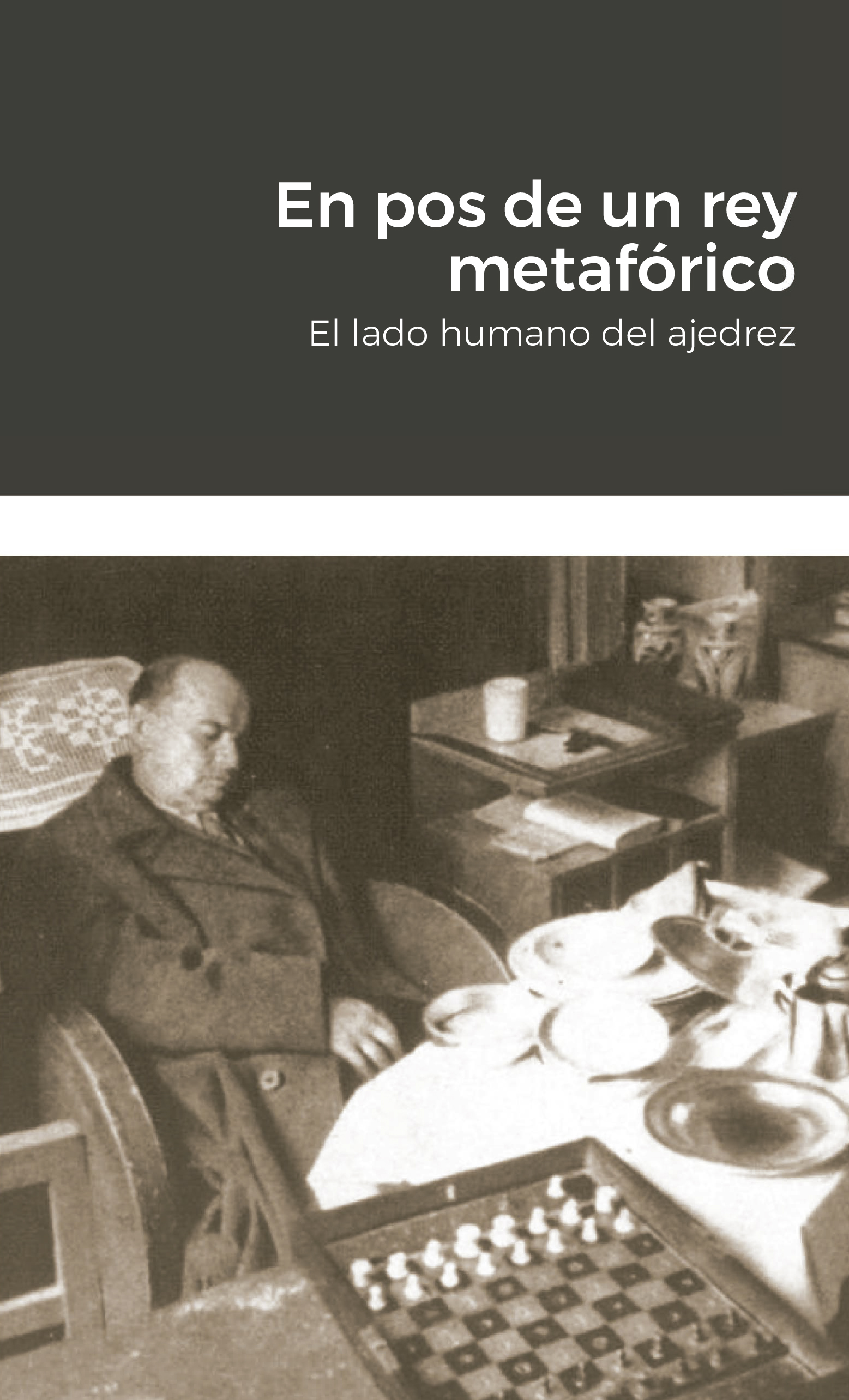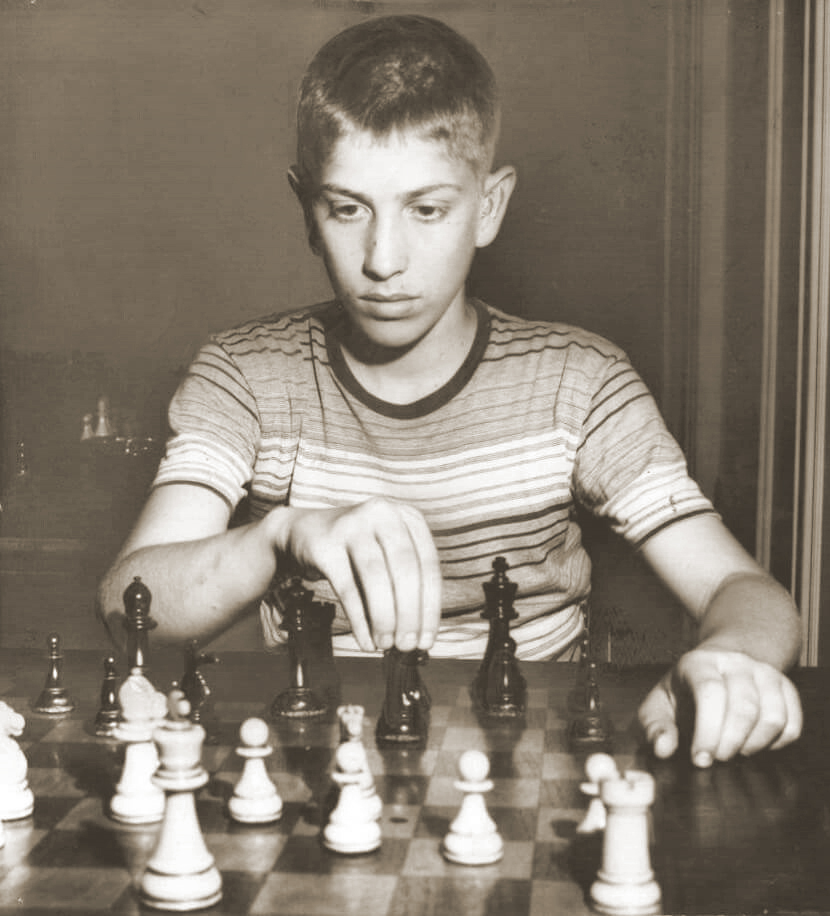 Bobby Fischer had horrendous problems with his mother, who invited her Jewish friends from Brooklyn to her apartment; friends who in the eyes of the boy Fischer were but little buddies. Fischer confessed to the women who knew him intimately that, at the age of twelve, he resented the absence of his mother as a great betrayal, who had a greater preference for her little buddies than for the child Bobby. When Fischer achieved grandmaster status at sixteen, his mother left him and his sister to move with friends to Europe. The teenage Fischer never mourned for his parental losses (his father had abandoned him even earlier, since Fischer was two years old). He rather did the opposite: he threw himself on Caissa’s skirts with unequalled vehemence. Such was the vehemence with which he amalgamated his life with Caissa’s that she gave him the magnificent gift of defeating, singlehandedly, the Soviet chess school at the age of twenty-nine. But out of his early unresolved experiences, which some of us call the betrayal of love, emerged the adult Fischer’s anti-Semitism.
Bobby Fischer had horrendous problems with his mother, who invited her Jewish friends from Brooklyn to her apartment; friends who in the eyes of the boy Fischer were but little buddies. Fischer confessed to the women who knew him intimately that, at the age of twelve, he resented the absence of his mother as a great betrayal, who had a greater preference for her little buddies than for the child Bobby. When Fischer achieved grandmaster status at sixteen, his mother left him and his sister to move with friends to Europe. The teenage Fischer never mourned for his parental losses (his father had abandoned him even earlier, since Fischer was two years old). He rather did the opposite: he threw himself on Caissa’s skirts with unequalled vehemence. Such was the vehemence with which he amalgamated his life with Caissa’s that she gave him the magnificent gift of defeating, singlehandedly, the Soviet chess school at the age of twenty-nine. But out of his early unresolved experiences, which some of us call the betrayal of love, emerged the adult Fischer’s anti-Semitism.
Fischer was never a reader of, say, a wise scholar about Jewry like Kevin MacDonald, who continues to write about the subversive way Jews have been behaving in the West. Fischer’s anti-Semitism was more rancid, and at times paranoid. Already exiled in Budapest, he told one of his interviewers: ‘Day and night the Jews persecute me’. He called Kasparov ‘the Wenstein Jew’ despite the fact that Fischer was ethnically Jewish by both parents. (As our society doesn’t allow the child to express feelings of anger towards his parents, once the child is grown these feelings are transferred.)
After conquering the sceptre Fischer fled the world, especially from the journalists who harassed him. In 1975, the year that all the fans longed to see him defend his title against Karpov, Fischer befriended Claudia Mokarow, an older woman whom he affectionately called mommy. When the journalists tracked him down Fischer ran to Claudia’s apartment yelling: ‘Mommy, mommy, they’re here! Help me mommy: they’ve found me!’ Obviously Bobby, considered by some to be the greatest player in history, needed a motherly surrogate for the mother he never had. He never grew up. Some journalists from whom Fischer fled saw symbolism in the fact that Fischer’s mother was called Regina (a Late Latin feminine name meaning ‘queen’) and that when he was a child she was treated precisely as queen by the community of Jewish buddies that Regina brought to her apartment. Fischer never opened one of his classic chess games with the move 1. d4, pawn to Queen four, as we said before the algebraic notation.
Alexander Alekhine (World
Champion from 1927 to 1946).
I had already mentioned that Alekhine took it out on his spouses. His acquaintances noted Alekhine’s strange submission to authority: the quintessential parental figure. He was married four times, always to women older than him. A writer that Reinfeld mentions comments that it seemed that Alekhine wanted to be taken care of, and Edward Lasker says that when Alekhine was twenty years old, in a club he preferred to dance with a woman twice his age and thickness even though there were fairer girls around. All of this suggests an unresolved problem with the mother, who taught the child how to move the pieces. The proof is that one of his wives was twenty years old and the other thirty! His friends teased him that she was Philidor’s wife, a mummy. The tall and handsome Alekhine, whose games, especially those of his youth, are among the most artistic in the kingdom of Caissa, needed a mother. But for being so cruel to his wives he died alone and as a refugee in Portugal, while in Europe a witch-hunt was perpetrated against those who had collaborated with the Third Reich. Reinfeld wrote: ‘My feeling is that Alekhine was an unusually timid man who was terrified all his life by a profound feeling of insecurity’. And a few pages later he adds:
From all accounts, Madame Alekhine’s affection and maternal solicitude meant a great deal to Alekhine in his later years and had a very beneficial influence on him. But what more convincing proof could there be of his timidity, his insecurity, his fear of facing the world? There may also be significance in the fact that Alekhine was taught chess by her mother; this may have created a powerful emotional bond between his need for chess and his constant need for a mother. When all these elements are added up, I think we have an irresistible weight of evidence for the view that Alekhine’s genius for chess had its origin in an unusually virulent form of insecurity.
When Alekhine took refuge in Portugal from the witch-hunt unleashed by the allied forces he was already completely alone. Two days before his death he told a Portuguese fan: ‘Lupi, this loneliness is killing me!’ Unlike the title of this book in Spanish, En Pos de un Rey Metafórico, for the English translation I chose The Human Side of Chess. And it is that the photograph of someone who had been an idol in my early teens died in a hotel in his days of maximum solitude in times when the allied forces perpetrated a true holocaust of Germans, portrays the side of the game that fans don’t dare to see.
Also the great North American champion of the 19th century had something hideous unresolved with the figure of his mother. Paul Morphy, a native of New Orleans, the city where Carlos Torre would later grow up, had a curious habit of forming women’s shoes in a semicircle ‘because he liked to look at them.’
During a period of his life he would go up to the roof of his house to declaim in French a paragraph that seems to be taken from a song, of which its last words are et le petit Roi s’en ira tout penaud: and the little king will walk away covered in shame. Morphy saw no one except his mother with whom he spent every afternoon, whom he obeyed even though he was already the best chess player in the world. Even when his mother found him dead in the bathtub, Morphy was surrounded by women’s shoes. Morphy defeated all the active grandmasters of his time, including Löwenthal, Anderssen and Paulsen; although the match I like the most was the one he beat Harrwitz in Paris, played a century before I was born. That match shows that Morphy had already found, since then, how to handle the semi-open and closed openings. But like Fischer, Morphy suffered from paranoia. He believed that his brother-in-law and his friend Binder were conspiring to poison him and destroy his clothes, and it is said that on one occasion he showed up at Binder’s office and attacked him. Let us never forget that, like Fischer, Morphy retired from chess at the height of his chess career.
Paul Morphy, who died at 47.
I have said that Fischer’s greatest pleasure was breaking the adversary’s ego. This reminds me of why I was attracted to chess as a boy. I remember a time when I told my parents that the best moment of my life was when my opponent lost his morale to my game. This memory may give me the key to penetrate Fischer’s mind. ‘Break the ego’ is an oblique resonance of how his mother broke Fischer’s ego as a child (and how my mother destroyed it through constant humiliations). When decades before I found out that Fischer had said similar things I said, I was referring to a problem not only with my mother but with my father. In sixth grade my female teacher once asked the question of what had been the happiest moment of the students. To the teacher’s fluster, I replied euphorically that the happiest moment was when I defeated my father in chess: whom I loved enormously but at the same time I had to refute. His vehement religious beliefs had hurt the sensitive child that I was, but my childish mind didn’t know how to refute them.
Some have said that chess is a game of schachmaty, of killing the father. Before I read the enlightened philosophers and freethinkers, chess was a perfect metaphorical substitute for going after the father. The same word ‘refutation’ was constantly used by the adolescent I was, although without arguments yet, when talking about what I wanted to do with my parents’ beliefs: put an end to them. But because we love our parents, the volcano of anger that many children, and adult children, feel towards them can only erupt with substitute objects: opponents whose ego we break as Fischer would say. However, such a transfer can produce a split personality, especially in those who spend their lives running away from themselves through gambling. As I said, I have heard of various fans, and other adults who have nothing to do with chess, who have been damaged by their abusive parents and have suffered psychotic breakdowns: like that funny crazy man who, according to Reuben Fine, believed that Botvinnik was the real leader of the Soviet Union. But that’s a distant case. I remember the late Ricardo Bravo, one of those who went to the park and who was known to have suffered hellish conditions at home. Ricardo crossed the line from mere psychological trauma to insanity and virtually committed suicide by abruptly crossing a busy avenue.
